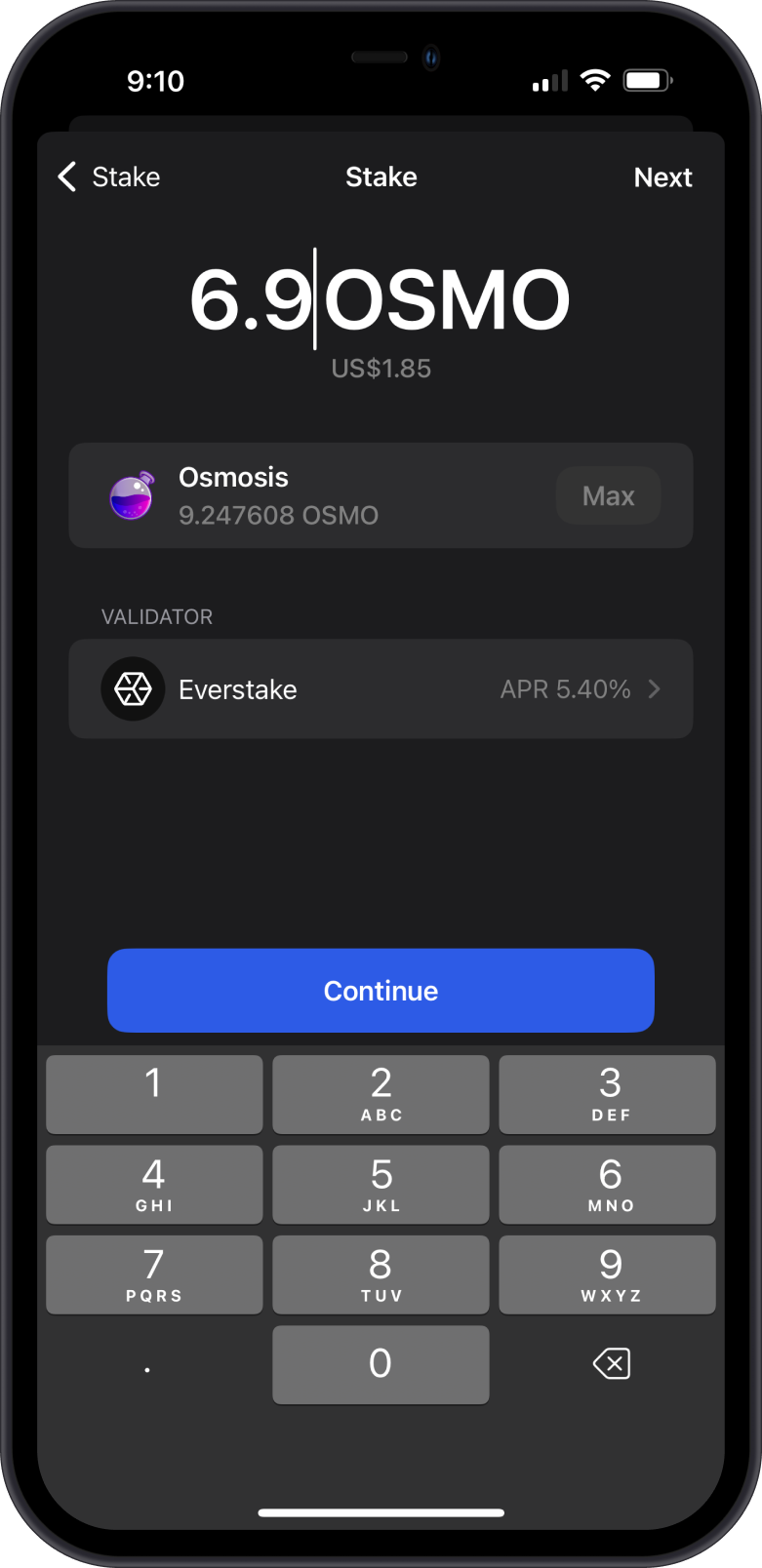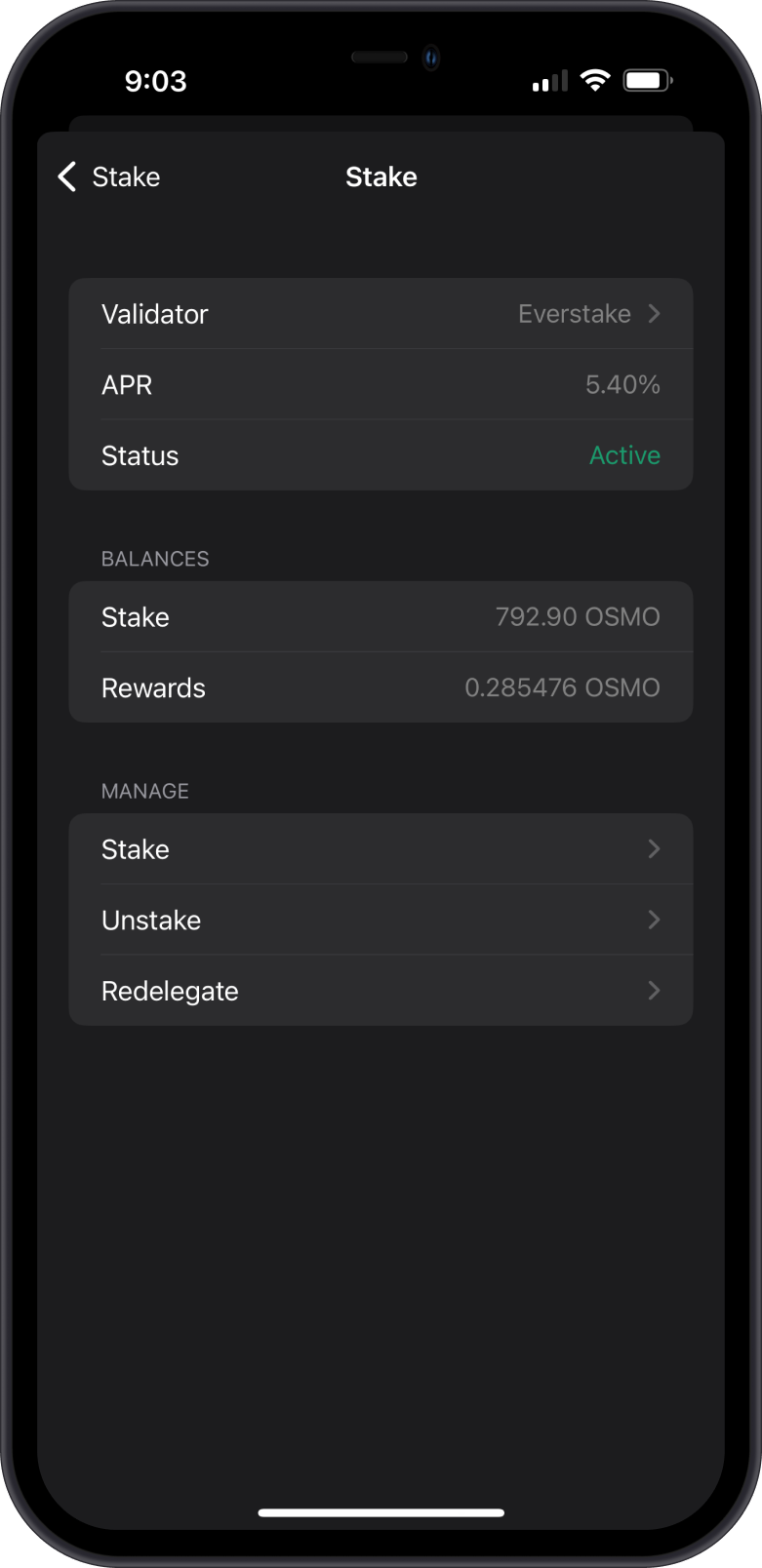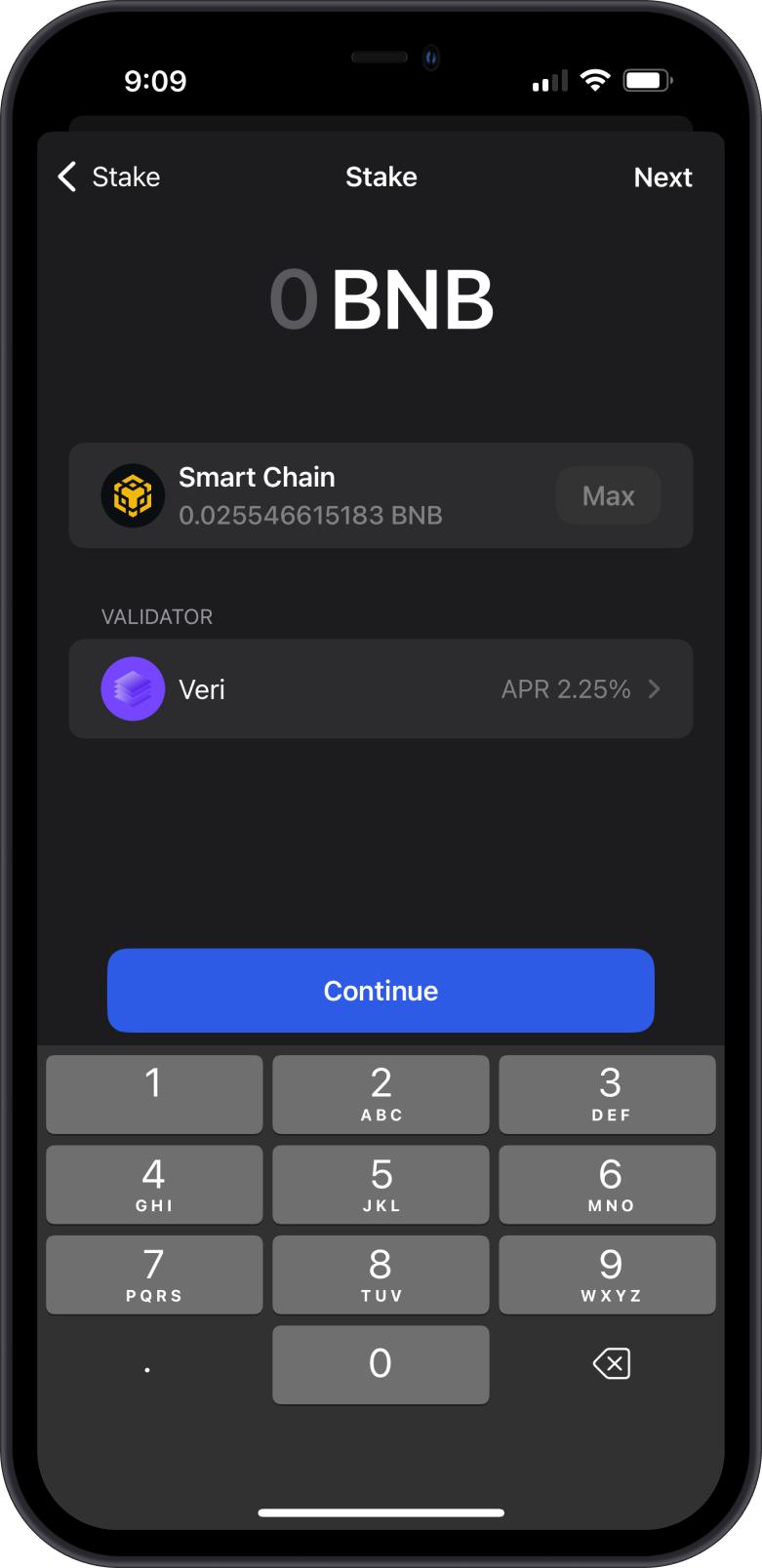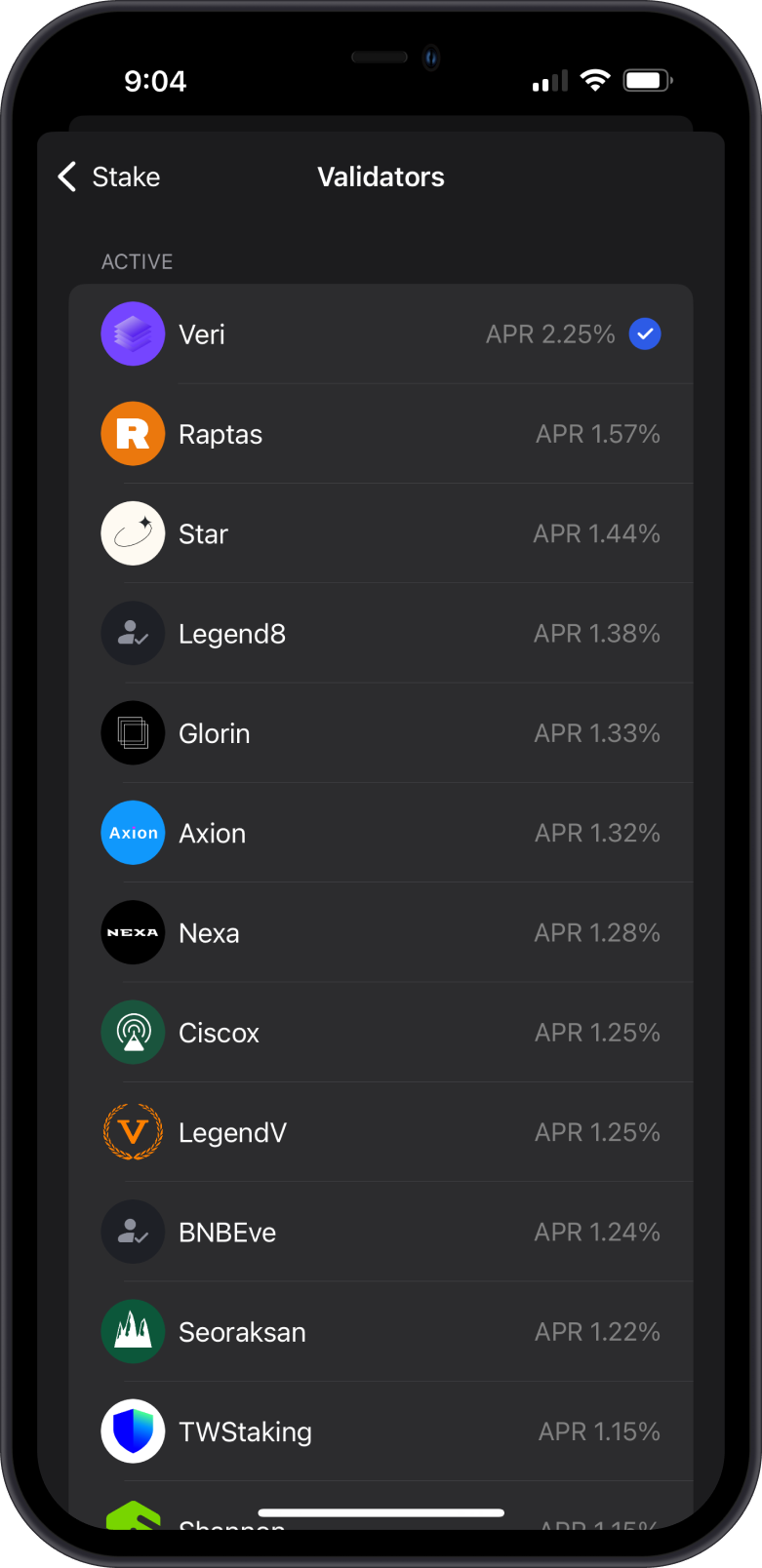What is Staking APR?
Staking APR (Annual Percentage Rate) refers to the interest rate or rewards a user earns by staking their crypto assets in a blockchain network. It represents the expected yearly return, excluding compound rewards.
How is Staking APR Calculated?
Staking APR is determined by several factors, including:
- Network Reward Rates – Each blockchain sets its own staking reward rates based on token supply and demand.
- Total Staked Amount – The more tokens staked in the network, the lower the individual APR, as rewards are distributed among all participants.
- Inflation & Protocol Rules – Some blockchains adjust staking rewards dynamically based on network participation.


How Does Staking APR Differ from APY?
- APR (Annual Percentage Rate) only considers simple interest, meaning rewards are not automatically reinvested.
- APY (Annual Percentage Yield) includes compound interest, meaning rewards are staked back into the pool, increasing overall returns.
Why Does Staking APR Change?
Staking APR is not fixed and can fluctuate due to:
- Changes in Network Participation – More stakers mean lower rewards per participant.
- Transaction Fees & Rewards – Some blockchains include transaction fees in staking rewards, affecting APR.
- Governance Decisions – Certain networks allow token holders to vote on staking reward adjustments.

How Can I Maximize My Staking Rewards?
- Choose High-APR Staking Pools – Some validators offer better rewards.
- Reinvest Rewards Regularly – Compounding your earnings increases total returns.
- Check Staking Conditions – Lock-up periods and minimum stake amounts affect potential earnings.
